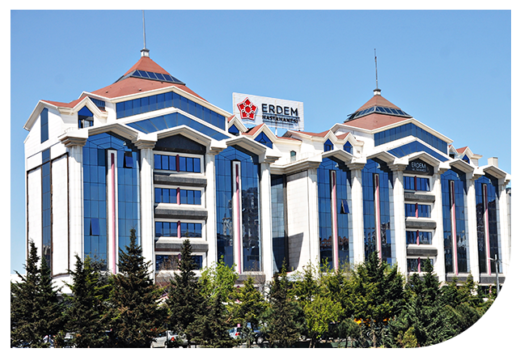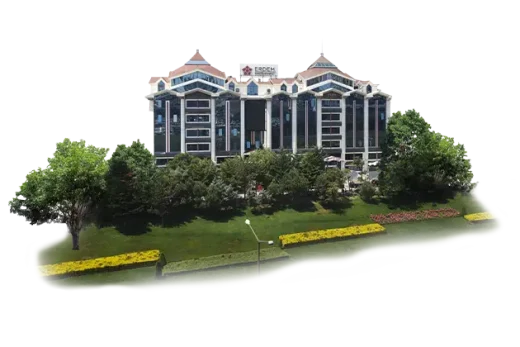Back pain is one of the most widespread health complaints in the world and one of the most misunderstood. Whether it shows up as a dull ache, a sharp twinge, or chronic stiffness, back pain affects nearly everyone at some point in life. But while it’s common, it’s not something you should ignore.
Understanding the underlying causes of back pain is the first step toward long-term relief. Because not all back pain is the same and not every solution works for every cause.
Why Is Back Pain So Common?
The human back is a complex structure made up of bones, joints, muscles, ligaments, nerves, and intervertebral discs. It supports the entire body, absorbs shock, and allows for flexibility and movement. But it’s also highly sensitive to strain, stress, and poor alignment.
What makes back pain particularly challenging is that it’s often the result of multiple factors, not just one injury or event. That’s why a holistic approach looking at posture, lifestyle, activity level, and emotional health is so important.
1. Poor Posture and Sedentary Lifestyles
One of the leading culprits behind modern back pain is bad posture, especially among people who sit for extended periods at work or while using digital devices.
Common posture-related issues:
- Slouching at a desk
- Forward head position
- Crossing legs or leaning to one side
- Poorly designed chairs or workstations
Over time, these positions put uneven pressure on the spine, tighten muscles, and weaken the core leading to pain in the neck, shoulders, upper back, and lower back.
2. Muscle Tension and Strain
Everyday activities from lifting groceries to gardening can strain the muscles and ligaments in your back. Improper form, sudden movements, or overuse can lead to micro-tears, spasms, or inflammation.
Common scenarios include:
- Lifting heavy objects without bending the knees
- Twisting while lifting
- Overtraining during workouts
- Sleeping in awkward positions
Even emotional stress can contribute: when you’re anxious or overwhelmed, your muscles often tighten, especially in the shoulders and lower back.
3. Herniated or Bulging Discs
Between each vertebra are discs that act as cushions. When these discs become compressed or damaged, they can bulge or rupture, pressing on nearby nerves.
Symptoms of disc-related back pain include:
- Sharp or shooting pain down the leg (sciatica)
- Numbness or tingling in the legs or buttocks
- Weakness in certain muscles
- Pain that worsens with bending, lifting, or sitting
While disc problems sound serious, many cases respond well to conservative treatment, including physical therapy and rest.
4. Spinal Misalignments and Degenerative Conditions
With age or repetitive strain, the spinal joints and discs can wear down, leading to chronic pain. Conditions such as:
- Osteoarthritis (degenerative joint disease)
- Spinal stenosis (narrowing of the spinal canal)
- Spondylolisthesis (slipping of one vertebra over another)
- Scoliosis (curvature of the spine)
These issues may cause stiffness, nerve pain, and reduced mobility, especially in the lower back. Imaging (like MRI or X-ray) is often needed for a clear diagnosis.
5. Inflammation and Autoimmune Disorders
Sometimes, back pain is part of a broader inflammatory or autoimmune condition such as:
- Ankylosing spondylitis
- Rheumatoid arthritis
- Psoriatic arthritis
These diseases may cause morning stiffness, pain that improves with movement, and symptoms in other joints. Early diagnosis and treatment are key to managing inflammation and preventing long-term damage.
6. Internal Organ Issues (Referred Pain)
In some cases, back pain isn’t caused by the spine or muscles at all but by nearby organs. This is known as referred pain.
Examples include:
- Kidney stones or infections (pain in the lower back/flank)
- Gynecological conditions, like endometriosis or fibroids
- Digestive issues, such as pancreatitis or ulcers
- Aortic aneurysm (rare but serious sudden back pain with abdominal symptoms)
If your back pain is sudden, severe, or accompanied by fever, vomiting, or urinary symptoms, seek immediate medical attention.
7. Psychosomatic and Stress-Related Back Pain
The mind and body are deeply connected. Chronic stress, anxiety, or trauma can manifest as physical tension, especially in the back and neck. Known as somatic symptom pain, this type of discomfort may persist even without a clear structural cause.
Signs of stress-related back pain:
- Pain that worsens during emotional stress
- Discomfort that doesn’t improve with rest or physical therapy
- Coexisting anxiety, insomnia, or depression
In these cases, psychological support, stress management, and mind-body approaches (like yoga or meditation) may be highly effective.
When to See a Doctor
You should seek professional evaluation of your back pain:
- Lasts longer than 2–3 weeks
- Is severe or getting worse
- Radiates to other parts of the body
- Is accompanied by numbness, weakness, or bowel/bladder issues
- Occurs after trauma or in combination with fever or weight loss
Early diagnosis not only leads to better treatment outcomes it can also rule out serious conditions before they progress.
Your Back Is Talking. Are You Listening?
Back pain is more than just an inconvenience it’s a message from your body that something needs attention. Whether it’s posture, injury, inflammation, or stress, identifying the root cause is the first step toward lasting relief.
If you’re dealing with persistent back discomfort or unsure of the underlying cause, the spine and pain specialists at Erdem Hospital offer advanced diagnostics, individualized treatment plans, and holistic care to help you move freely, sleep better, and feel like yourself again.

